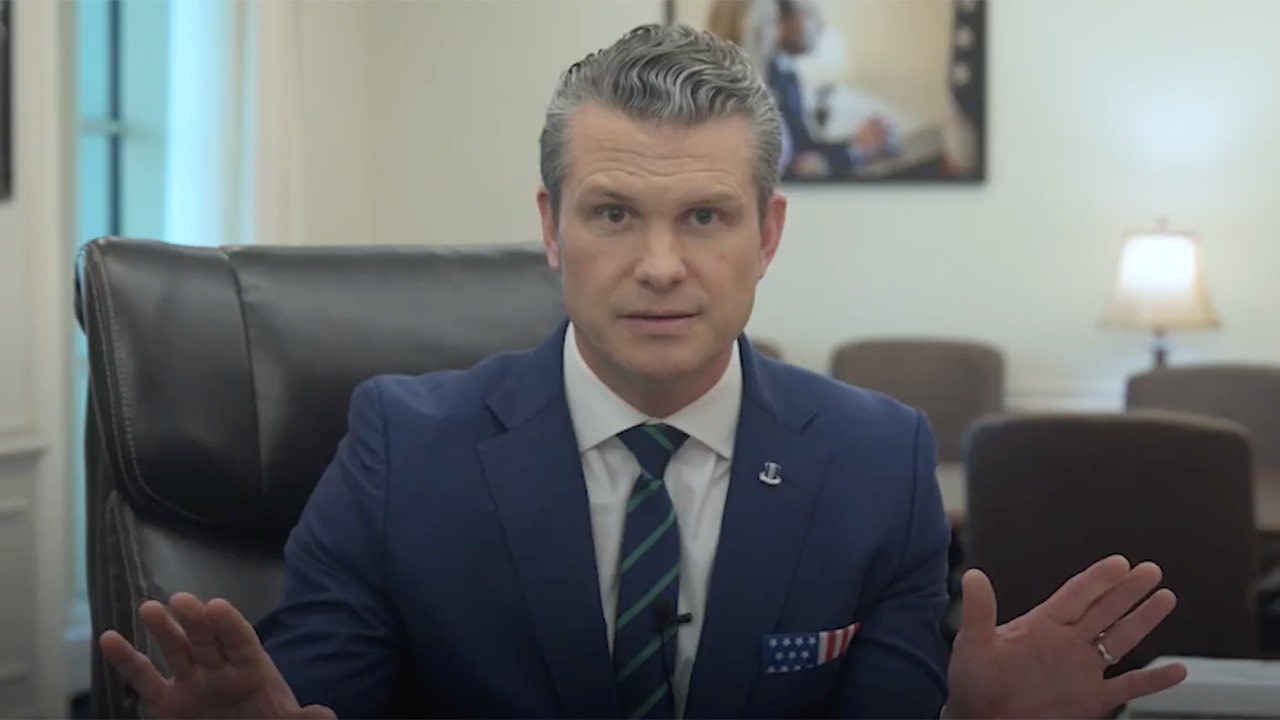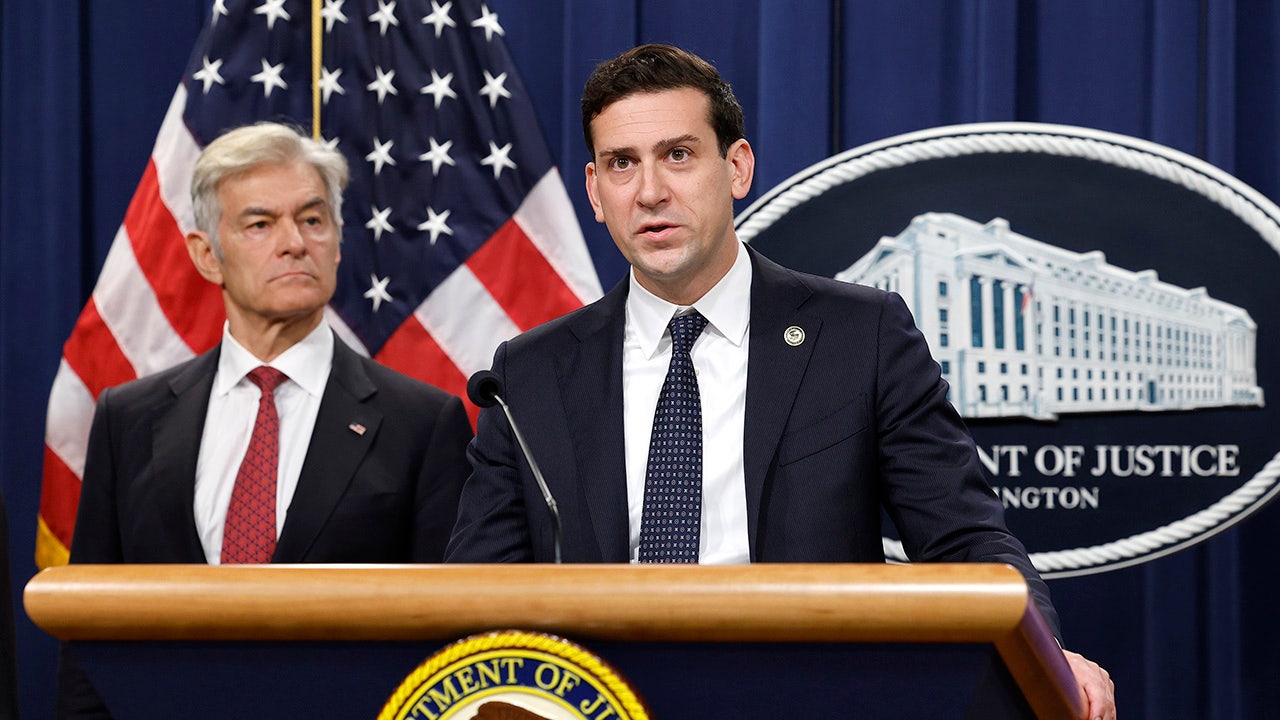Pentagon chief Hegseth orders reduction in 4-stars in the U.S. military

Defense Secretary Pete Hegseth made a groundbreaking announcement on Monday, revealing plans for a significant reduction in the number of general officers across all branches of the U.S. military. This move, described as “historic” by Hegseth, is aimed at fulfilling President Donald Trump’s vision of achieving peace through strength.
Hegseth emphasized the need to shift resources from bloated headquarters elements to frontline warfighters. Currently, there are 44 4-star and flag officers in the military, creating a ratio of one general to 1,400 troops. This stands in stark contrast to the ratio during World War II, which was one general to 6,000 troops.
The Defense secretary, who has committed to transforming the military into a “leaner, more lethal force,” issued a memo outlining the reduction process. The plan will be implemented in two phases, with the first phase calling for a minimum 20% reduction of four-star generals and flag officers in the active-duty component, as well as a 20% reduction in the National Guard. The second phase will see an additional 10% reduction in general and flag officers across the military.
Hegseth referred to these reductions as part of his “less generals, more GIs policy,” emphasizing the importance of maximizing strategic readiness and operational effectiveness through prudent reductions. He assured that the process would be carried out carefully and expeditiously, stressing that it is not meant to punish high-ranking officers but rather to streamline the military’s leadership structure.
In a video addressing the changes, Hegseth highlighted the necessity of being lean and mean, stating that this approach translates to general officer reductions. While Congress sets the limit on the number of general officers allowed in each branch of the military, Hegseth’s plan aims to optimize the military’s readiness and effectiveness on the battlefield.
As the Defense secretary’s memo sets the stage for a significant transformation within the U.S. military, the overarching goal remains clear: to create a more efficient and agile force capable of meeting the challenges of the modern world. With these changes on the horizon, the U.S. military is poised to adapt to evolving threats and maintain its position as a global leader in defense and security.




